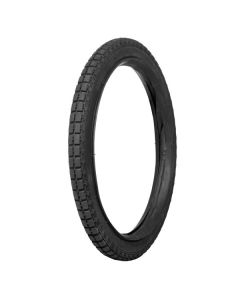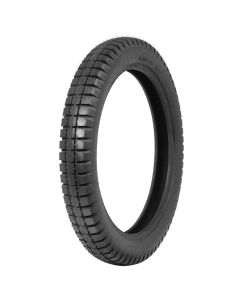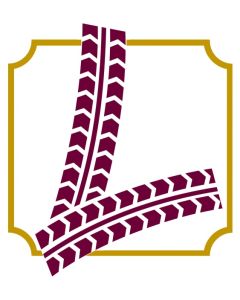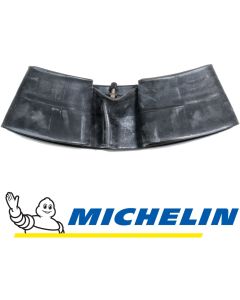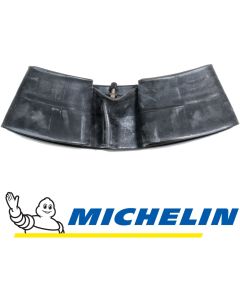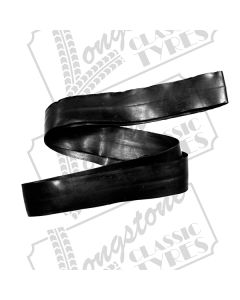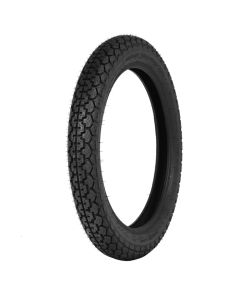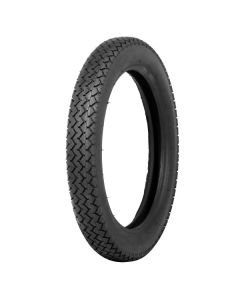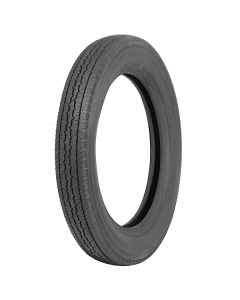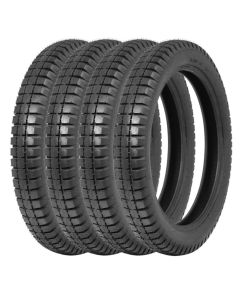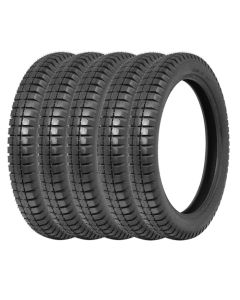GN Tyres
GN Vintage Tyres
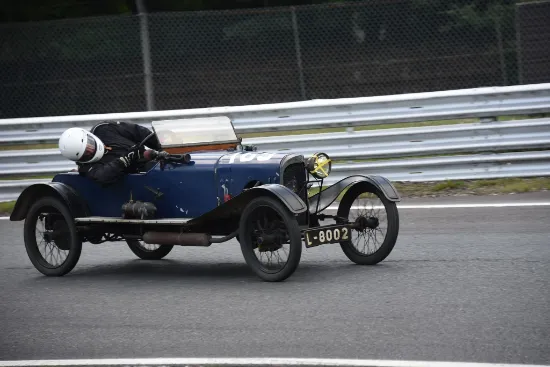
The Boss in his GN at the award-winning Longstone Light Car Race in 2021!
- The Very first GN Cycle cars fitted 6.50 X 65 beaded edge tyres.
- A 650 x 65 beaded edge tyre can also be described as 26 - 2 1/2 Beaded Edge Tyres. The tyres we recommend in this size are the 26x2 1/2 Ensign.
- The later post Great War GN Light Cars fitted 26X3 Beaded edge tyres.
- A 26X3 Beaded edge tyre might also get called a 700X80 tyre.
- The tyre we recommend for a GN still fitted with beaded edge wheels we suggest the 26X3 Ensign.
- We would use the Michelin 21 MDR innertube in a Beaded edge GN wheel.
- Beaded edge tyres need high pressures even when fitted to a Lightcar. We would suggest 60 psi in GN tyres.
- Often, for the sake of simplicity well base wheels are fitted with either 300X20 Ensign or 350-19 Longstone Tyres.
- We would still run the little GN cycle car at 30 psi on well based wheels.
History of the GN Cyclecar
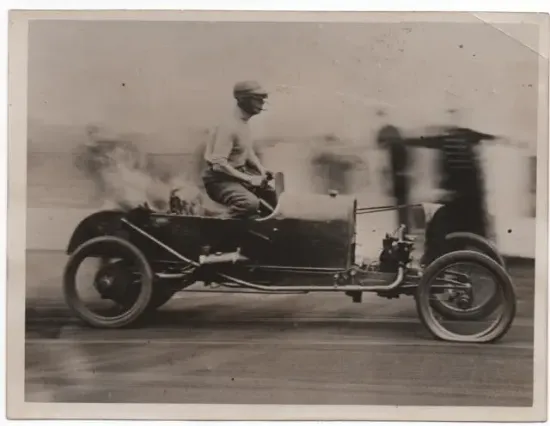
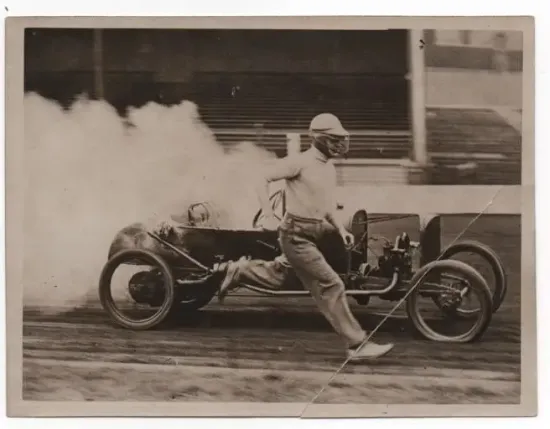
The GN Cyclecar's story began in Hendon, North London in 1910, by company owners and designers H.R Godfrey and Archibald Frazer-Nash, their last names, of course, being the origin of their company and car's name.
The duo made several cars for their own personal use, but in 1909 they began the production of the GN Cyclecar in the Frazer-Nash's family stables. The car was powered by a V-Twin engine built by JAP or Peugeot with a belt drive to the rear wheels. In 1911, production moved to Hendon and began utilising GN's own built 1100cc engine, albeit still with the use of some Peugeot parts in its construction. The engine was mounted in the chassis with the crankshaft parallel to the front axle, driving through a two-speed transmission by chain and dog clutch, then by the aforementioned belt to the rear wheels. The two-seat car was very light, weighing around 180kg (397 lbs), this was a major benefit to the GN, as it meant that despite its lack of power, it would reach 60mph, brilliant performance for its time.
In 1913, the engine was turned 90° with the cylinder heads sticking out of both sides of the bonnet. This same year, a race team was entered in the French Cyclecar Grand Prix, resulting in sports models being added to the GN range. Production halted due to the first world war however and would not restart until 1919.
1919 marked a big change for GN as they were bought by British Gr´goire and then moved production location to East Hill, Wandsworth in South West London. The Chassis changed from wood to steel and the chain type transmission was upgraded to three-speeds and reverse. At its highest functionality, this factory churned out nearly 55 cars a month. Also in this period, french auto-manufacturers, Salmson, were licensed to make the cars as well, who by the end of this agreement had made 1600 cars.
By 1921, Cyclecars had mostly fallen out of fashion in the industry and following this, GN went into receivership and was soon bought by a Mr Black, who wanted to shift the companies' direction away from sports cars and wanted to focus on higher levels of production. A four-cylinder water-cooled model with 1098 cc DFP engine and shaft drive to a differential on the solid rear axle was introduced in 1922 as a part of this production shift proposed by Mr Black. Godfrey and Frazer Nash left the company later that year, and went on to separate endeavours, Archibald Frazer-Nash went on to make Frazer-Nash Limited and Henry Ronald Godfrey would found Godfrey-Proctor and later become a founder of the HRG engineering company.
Following the founders' departure the aforementioned Mr Black produced car replaced the DFP engine with a Chapuis Dornier engine but this only remained in production until May 1923. following this some ex-employees founded a new company that made cars from parts in 1924-25, however they largely dealed in spares and service for prior made GNs. In 1925 this company ceased GN related business and then became General Motors dealers.
In modern times, the GN is appreciated in Britain through the Frazer-Nash club, a group of collectors and enthusiasts with regular events celebrating the heritage and engineering behind the GN


